Our latest Searchroom Curiosity Cabinet features a selection of wax seals and seal matrixes from our collection. For those of you who can’t visit to see the display in person, we thought we’d share a bit more information here.
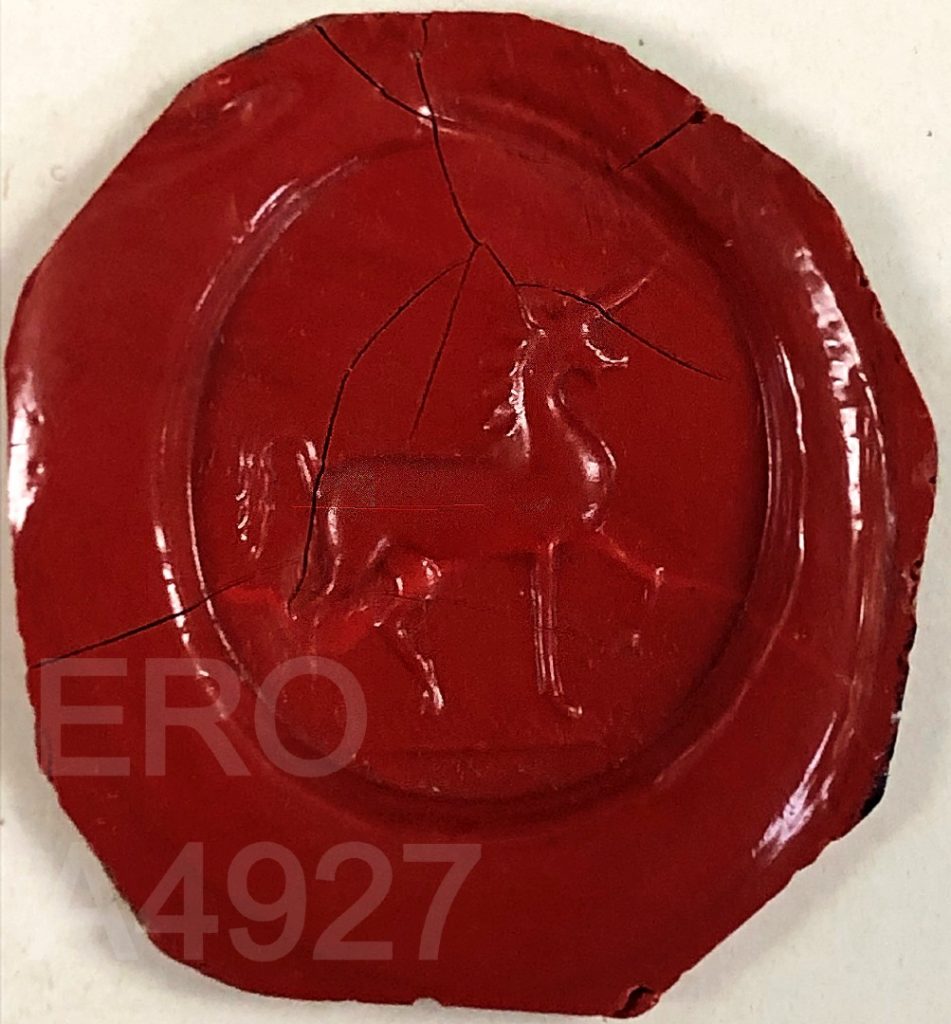
Unicorn Seal in Red Wax 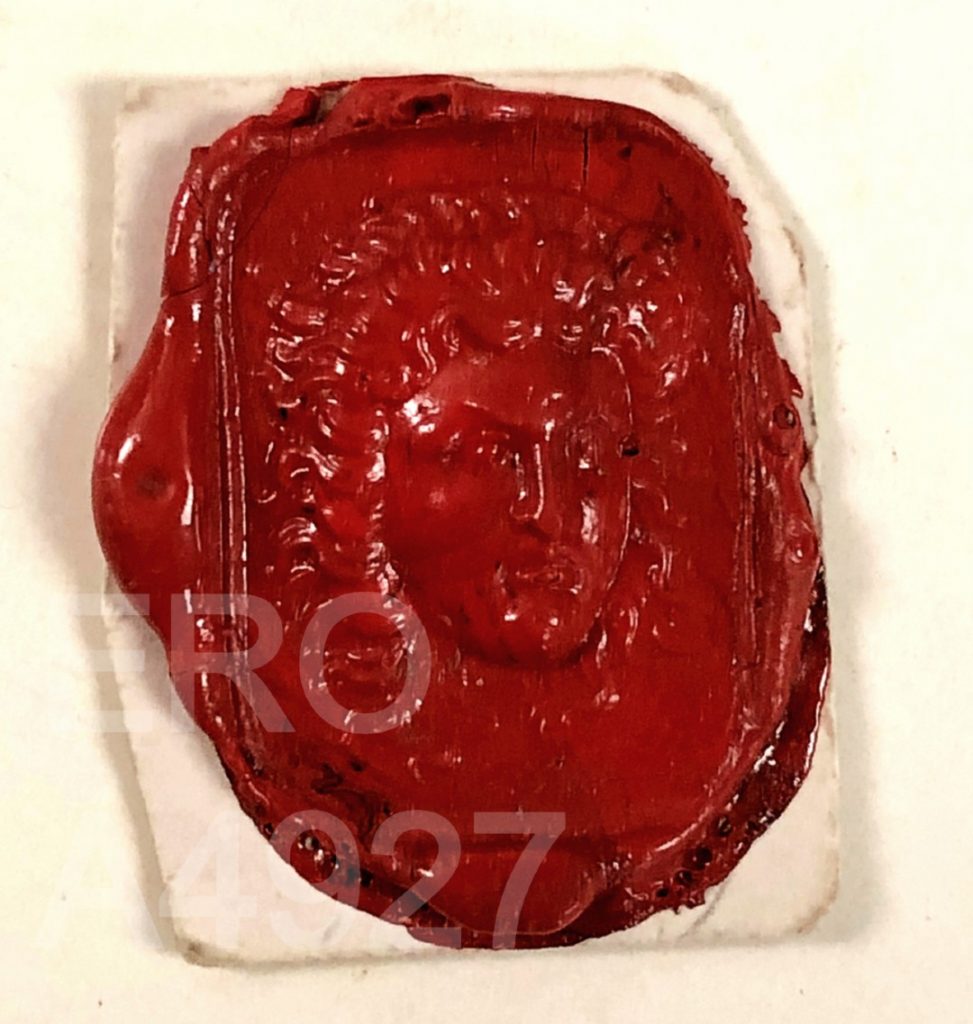
Medusa Seal in Red Wax 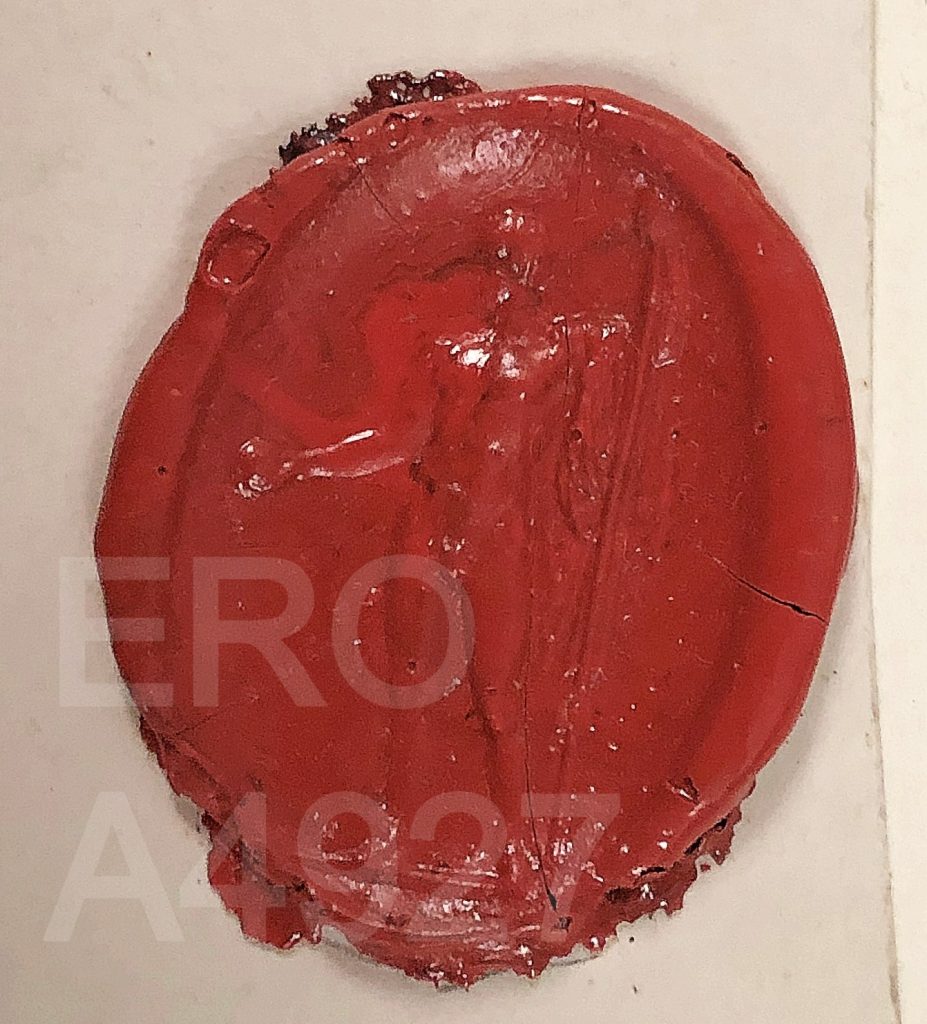
Apollo Seal in Red Wax
Wax seals were first used in the Middle Ages, although the Roman’s practiced a similar method with bitumen and the Ancient Mesopotamians made seal-indents in clay tablets. One of the first English examples of a wax seal being used in an official capacity was by Edward the Confessor c.1042-1066.
People used their coat of arms, family crest, or any other iconography that was important to them. Mythological symbols were particularly common.
An ‘applied seal’ is when the wax is applied directly to the page. However, the seal can also be arranged to hang on a tag or cord which is known as a pendant seal. Larger pendant seals are sometimes encased in cases, called skippet’s, which protect them from damage.
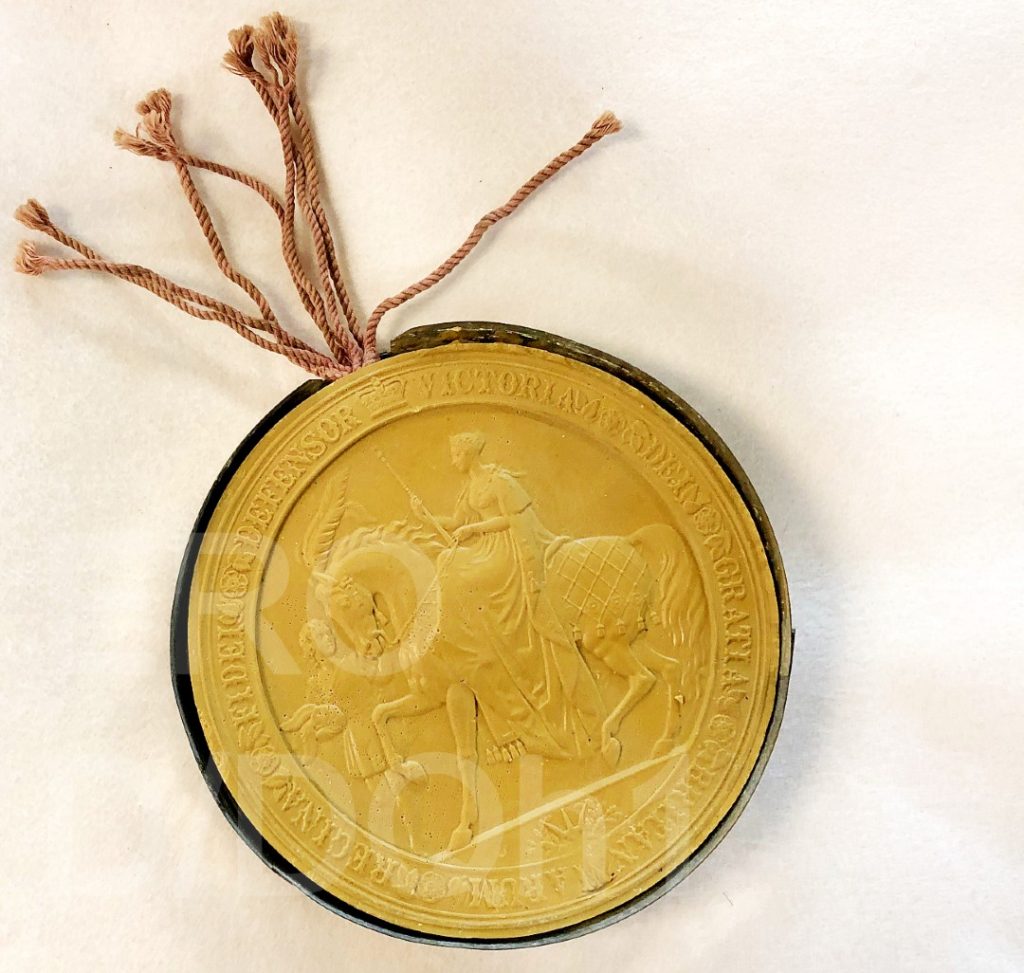
The size of the seal often correlated with the importance and status of the person whom it belonged to. This Great Seal for Queen Victoria, enclosed in its own metal skippet, is the perfect example!
As well as being used to authenticate the document, applied seals were useful in making sure that letters were not tampered with – a broken seal was a sure sign that the contents of your letter were no longer private! Today they are mostly used for decoration on posh stationery, such as invitations.
The wax impression is created using a ‘seal matrix’, which features a negative image; this is pressed into the wax to produce the positive image. The most popular type of seal matrix is the signet ring, evidence for which dates back as far as Ancient Egypt. Signet rings have also been used as symbols of wealth and power throughout history and were often destroyed when their owner died to prevent forgeries.
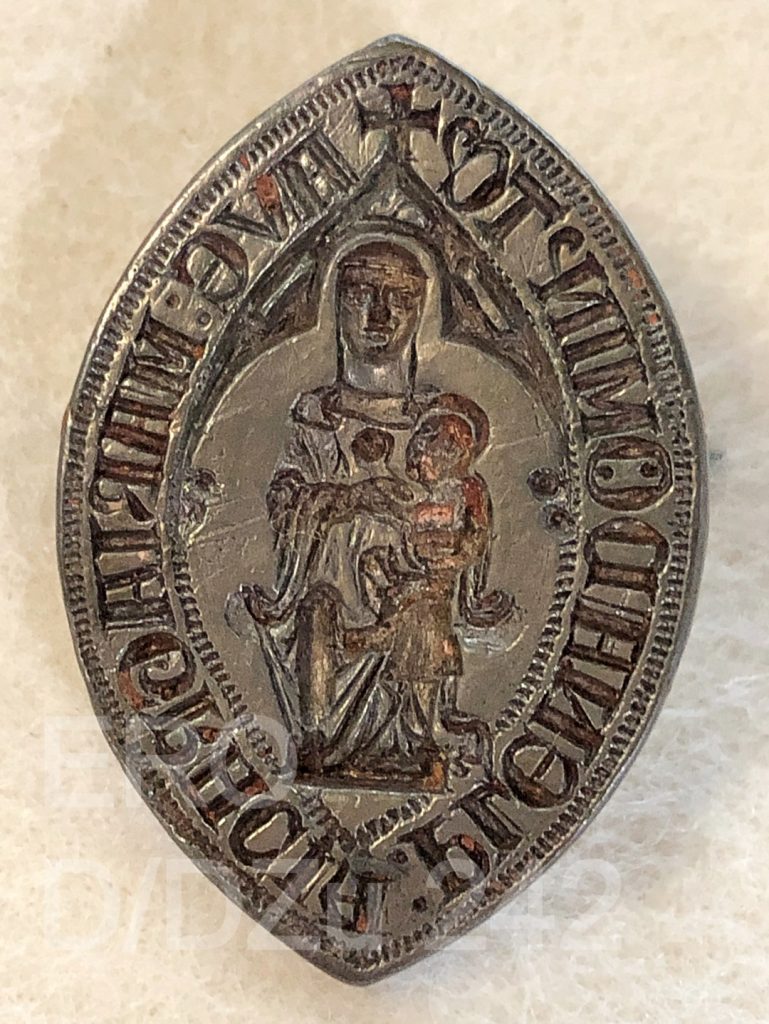
This seal matrix, dated to the early 14th century seal matrix, was dug up near the Little Dunmow Priory almost 100 years ago. It probably belonged to one of the priors.
If you want to see the full display, including a soap box full of seals and a 17th century seal matrix, it will feature in the Curiosity Cabinet until November. The Great seal of Queen Victoria is really something impressive to see in person – our photo does not do justice to its size!
